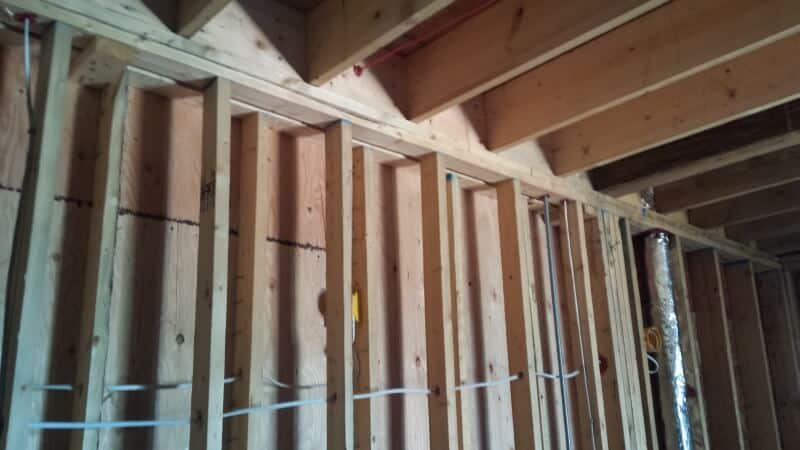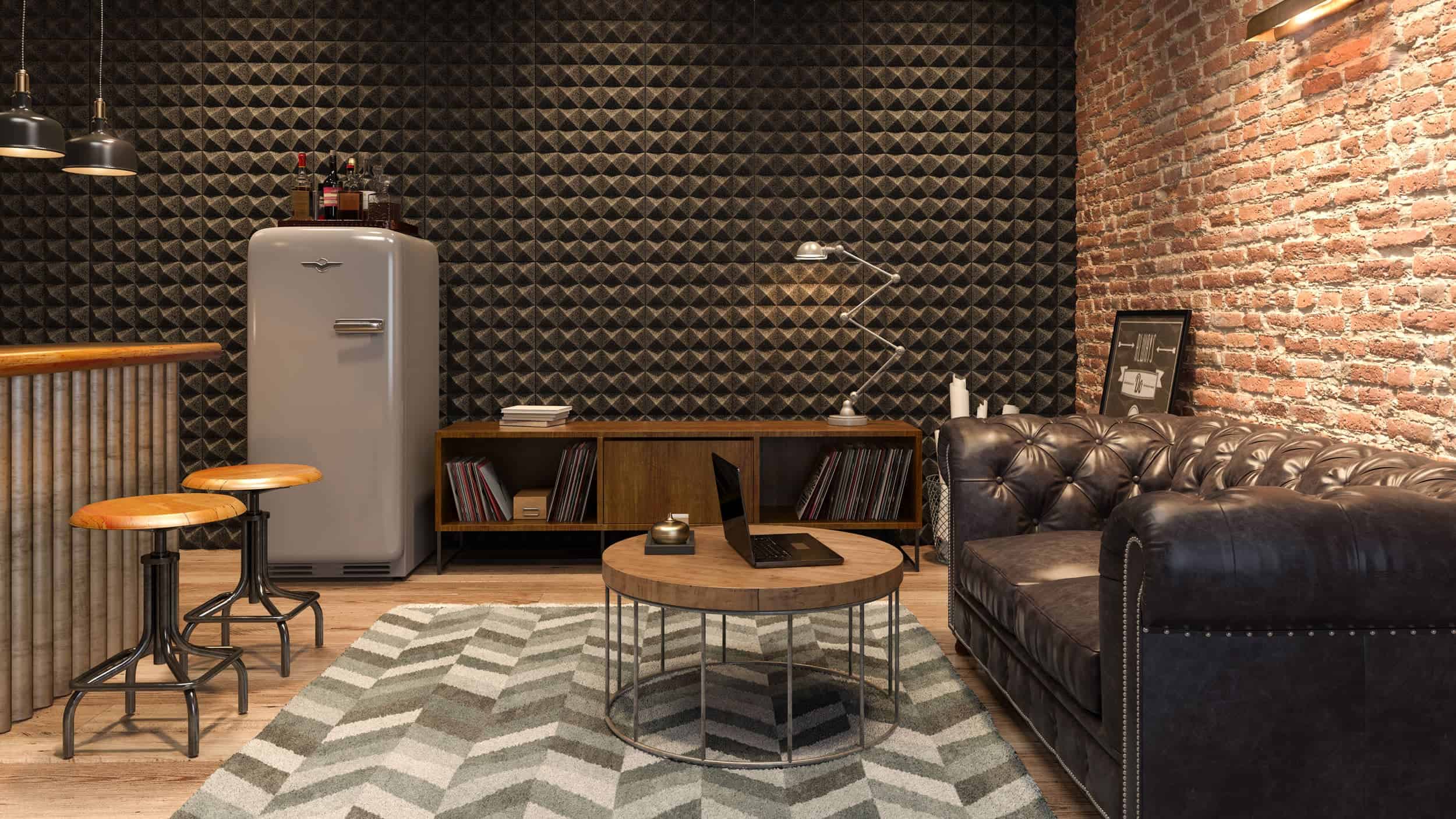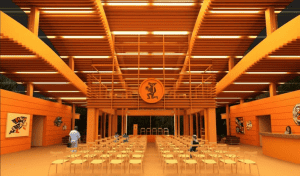
I was flipping through TV channels the other day and as I tuned in to a home improvement related show the show host pointed up to the underside of a ceiling in an old Vancouver home and cried out that “there was no soundproofing in there”. What did he mean by that I wondered? Was the ceiling cavity uninsulated? Was the ceiling put in without resilient channels? Would viewers think that, if those elements were put in, the room would be “soundproof”? Within the context of typical construction, I find the use of the words “soundproofing” or, more accurately, “soundproof” to be misleading.

And so, the truth about ‘soundproofing’ is that there is no such word as “soundproofing”
Firstly, let’s start with the word “soundproofing”. A quick search in an English dictionary will reveal that the word “soundproofing” is nowhere to be found. And so, the truth about “soundproofing” is that there is no such word as “soundproofing”. The word is, however, used colloquially as a noun. Undoubtedly, the word “soundproofing” is a derivative of the word “soundproof”, which can be found in the dictionary. The Webster-Merriam dictionary defines the word “soundproof” as both an adjective (i.e. “impervious to sound”) and a verb (i.e. “to make soundproof”).
By definition, if a room is soundproof, you would not be able to hear any sound from the outside. Rooms that can properly be described as being soundproof exist, but are quite rare. Examples would include acoustic laboratories, and high-end recording studios. Basically, if you have experienced absolute quiet in a room you can be assured that tens of thousands and possibly millions of dollars had been spent on engineering and construction. Therefore, for the average home owner and builder, the expectation of having a soundproof unit, room or home is, generally speaking, unrealistic. This does not mean, however, that the average home owner or builder cannot improve or enhance the control of sound between rooms. It can be done, and in many cases it may result in not hearing too much from the neighbouring spaces. This, of course, depends on the specific activities going on in the neighbouring spaces.
The improvement of a separating partition to better attenuate sound is best referred to as a “sound insulation upgrade” or “sound insulation enhancement”. Individuals taking on such work should be aware that ALL construction elements comprising the separating partition (i.e. wall or floor/ceiling assembly) in combination influence the ability of the partition to attenuate sound. In the case of a wall, this includes the thickness and number of layers of gypsum wallboard, stud type (metal or wood), stud depth, stud spacing, stud arrangement (single, staggered, double), the incorporation of resilient channels/clips and insulation type and thickness. Therefore, the home owner and builder should exercise extreme caution when selecting specific construction elements simply because they are marketed as being “soundproof”.




